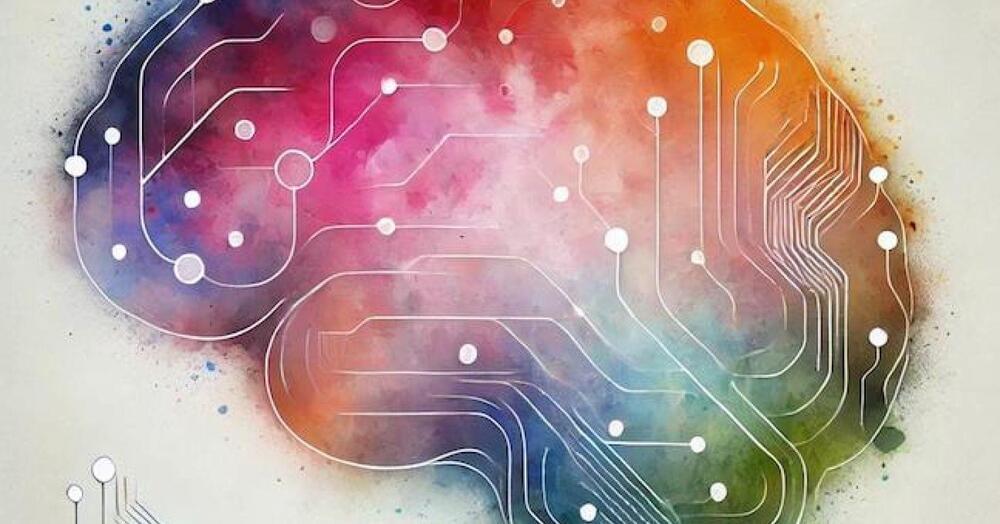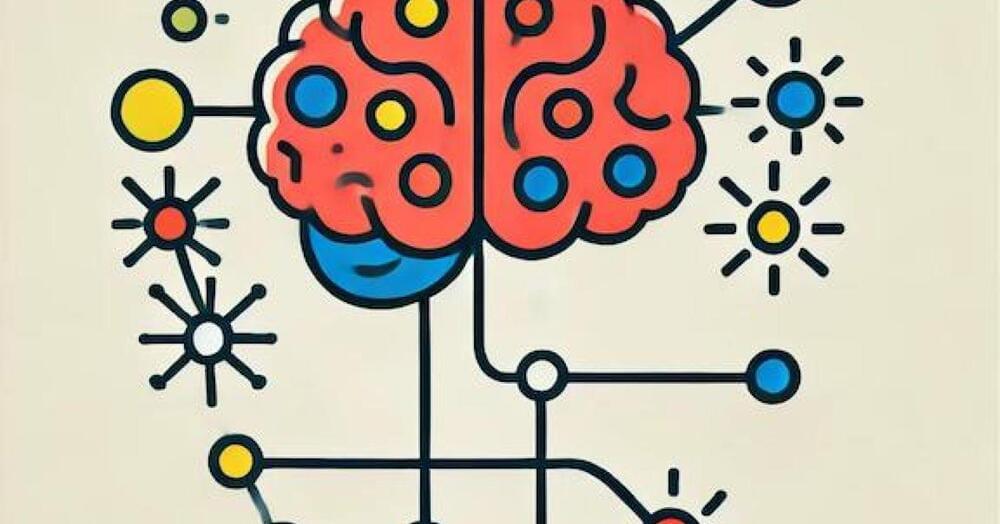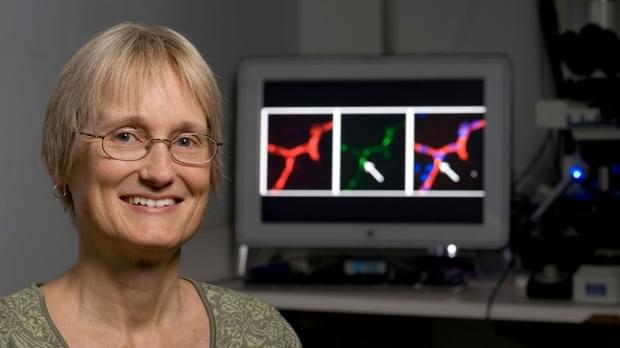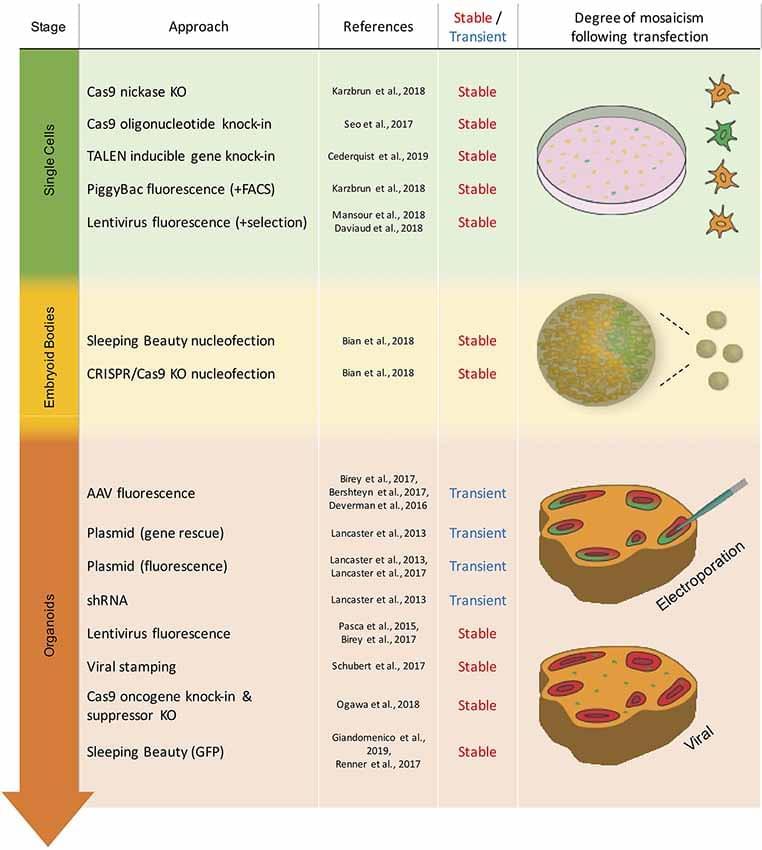LLMs can open new doors to cognitive and perhaps even conscious expansion, influencing how we experience and interpret the world.



I don’t know what’s causing the sound problem my apologies.
Randal and Keith discuss WBE, Mind Uploading and fascinating tangents in neuroscience and neuroprosthetics and pathways for the future, as well as the Carbon Copies foundation and the new book ‘Contemplating Oblivion’ by Keith Wiley.
Many thanks for tuning in!
Please support SciFuture by subscribing and sharing!
Have any ideas about people to interview? Want to be notified about future events? Any comments about the STF series?
Please fill out this form: https://docs.google.com/forms/d/1mr9P…
Kind regards.
This two-day event invites leading researchers, entrepreneurs, and funders to drive progress. Explore new opportunities, form lasting collaborations, and joi…
Join Randal Koene, a computational neuroscientist, as he dives into the intricate world of whole brain emulation and mind uploading, while touching on the ethical pillars of AI. In this episode, Koene discusses the importance of equal access to AI, data ownership, and the ethical impact of AI development. He explains the potential future of AGI, how current social and political systems might influence it, and touches on the scientific and philosophical aspects of creating a substrate-independent mind. Koene also elaborates on the differences between human cognition and artificial neural networks, the challenge of translating brain structure to function, and efforts to accelerate neuroscience research through structured challenges.
00:00 Introduction to Randal Koene and Whole Brain Emulation.
00:39 Ethical Considerations in AI Development.
02:20 Challenges of Equal Access and Data Ownership.
03:40 Impact of AGI on Society and Development.
05:58 Understanding Mind Uploading.
06:39 Randall’s Journey into Computational Neuroscience.
08:14 Scientific and Philosophical Aspects of Substrate Independent Minds.
13:07 Brain Function and Memory Processes.
25:34 Whole Brain Emulation: Current Techniques and Challenges.
32:12 The Future of Neuroscience and AI Collaboration.
SingularityNET is a decentralized marketplace for artificial intelligence. We aim to create the world’s global brain with a full-stack AI solution powered by a decentralized protocol.
We gathered the leading minds in machine learning and blockchain to democratize access to AI technology. Now anyone can take advantage of a global network of AI algorithms, services, and agents.
Website: https://singularitynet.io.
Discord: / discord.
Forum: https://community.singularitynet.io.
Telegram: https://t.me/singularitynet.
Twitter: / singularitynet.
Facebook: / singularitynet.io.
Instagram: / singularitynet.io.
Github: https://github.com/singnet.
Linkedin: / singularitynet.
Have you ever wondered what it would be like to upload your mind to a computer? To have a digital copy of your personality, memories, and skills that could live on after your biological death? This is the idea behind whole brain emulation, a hypothetical process of scanning a brain and creating a software version of it that can run on any compatible hardware. In this video, we will explore the science and challenges of whole brain emulation, the ethical and social implications of creating digital minds, and the potential benefits and risks of this technology for humanity. Join us as we dive into the fascinating world of whole-brain emulation!
#wholebrainemulation.
#minduploading.
#digitalimmortality.
#artificialintelligence.
#neuroscience.
#braincomputerinterface.
#substrateindependentminds.
#transhumanism.
#futurism.
#mindcloning

Among the many ways neuroscientists think Alzheimer’s disease may strip away brain function is by disrupting the glucose metabolism needed to fuel the healthy brain. In essence, declining metabolism robs the brain of energy, impairing thinking and memory.
Against that backdrop, a team of neuroscientists at the Knight Initiative for Brain Resilience at Stanford’s Wu Tsai Neurosciences Institute have zeroed in on a critical regulator of brain metabolism known as the kynurenine pathway. They hypothesize that that the kynurenine pathway is over-activated as a result of amyloid plaque and tau proteins that accumulate in the brains of patients with Alzheimer’s disease.
Now, with support from research and training grants from the Knight Initiative, they have shown that by blocking the kynurenine pathway in lab mice with Alzheimer’s Disease, they can improve, or even restore, cognitive function by reinstating healthy brain metabolism.
Last month, researchers created an electronic link between the brains of two rats separated by thousands of miles. This was just another reminder that technology will one day make us telepaths. But how far will this transformation go? And how long will it take before humans evolve into a fully-fledged hive mind? We spoke to the experts to find out.
I spoke to three different experts, all of whom have given this subject considerable thought: Kevin Warwick, a British scientist and professor of cybernetics at the University of Reading; Ramez Naam, an American futurist and author of NEXUS (a scifi novel addressing this topic); and Anders Sandberg, a Swedish neuroscientist from the Future of Humanity Institute at the University of Oxford.
They all told me that the possibility of a telepathic noosphere is very real — and it’s closer to reality than we might think. And not surprisingly, this would change the very fabric of the human condition.

To be able to make full use of these modeling systems, researchers have developed a growing toolkit of genetic modification techniques. These techniques can be applied to mature brain organoids or to the preceding embryoid bodies (EBs) and founding cells. This review will describe techniques used for transient and stable genetic modification of brain organoids and discuss their current use and respective advantages and disadvantages. Transient approaches include adeno-associated virus (AAV) and electroporation-based techniques, whereas stable genetic modification approaches make use of lentivirus (including viral stamping), transposon and CRISPR/Cas9 systems. Finally, an outlook as to likely future developments and applications regarding genetic modifications of brain organoids will be presented.
The development of brain organoids (Kadoshima et al., 2013; Lancaster et al., 2013) has opened up new ways to study brain development and evolution as well as neurodevelopmental disorders. Brain organoids are multicellular 3D structures that mimic certain aspects of the cytoarchitecture and cell-type composition of certain brain regions over a particular developmental time window (Heide et al., 2018). These structures are generated by differentiation of induced pluripotent stem cells (iPSCs) or embryonic stem cells (ESCs) into embryoid bodies followed by, or combined, with neural induction (Kadoshima et al., 2013; Lancaster et al., 2013). In principle, two different classes of brain organoid protocols can be distinguished, namely: (i) the self-patterning protocols which produce whole-brain organoids; and (ii) the pre-patterning protocols which produce brain region-specific organoids (Heide et al., 2018).

The world’s first brain prosthesis has passed the first stages of live testing.
The microchip, designed to model a part of the brain called the hippocampus, has been used successfully to replace a neural circuit in slices of rat brain tissue kept alive in a dish. The prosthesis will soon be ready for testing in animals.
The device could ultimately be used to replace damaged brain tissue which may have been destroyed in an accident, during a stroke, or by neurodegenerative conditions such as Alzheimer’s disease. It is the first attempt to replace central brain regions dealing with cognitive functions such as learning or speech.